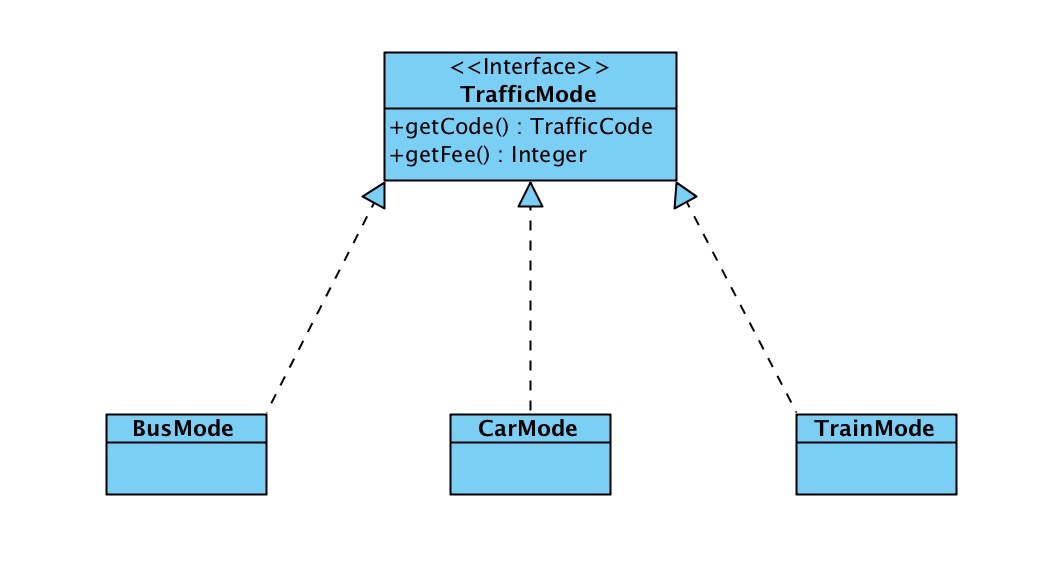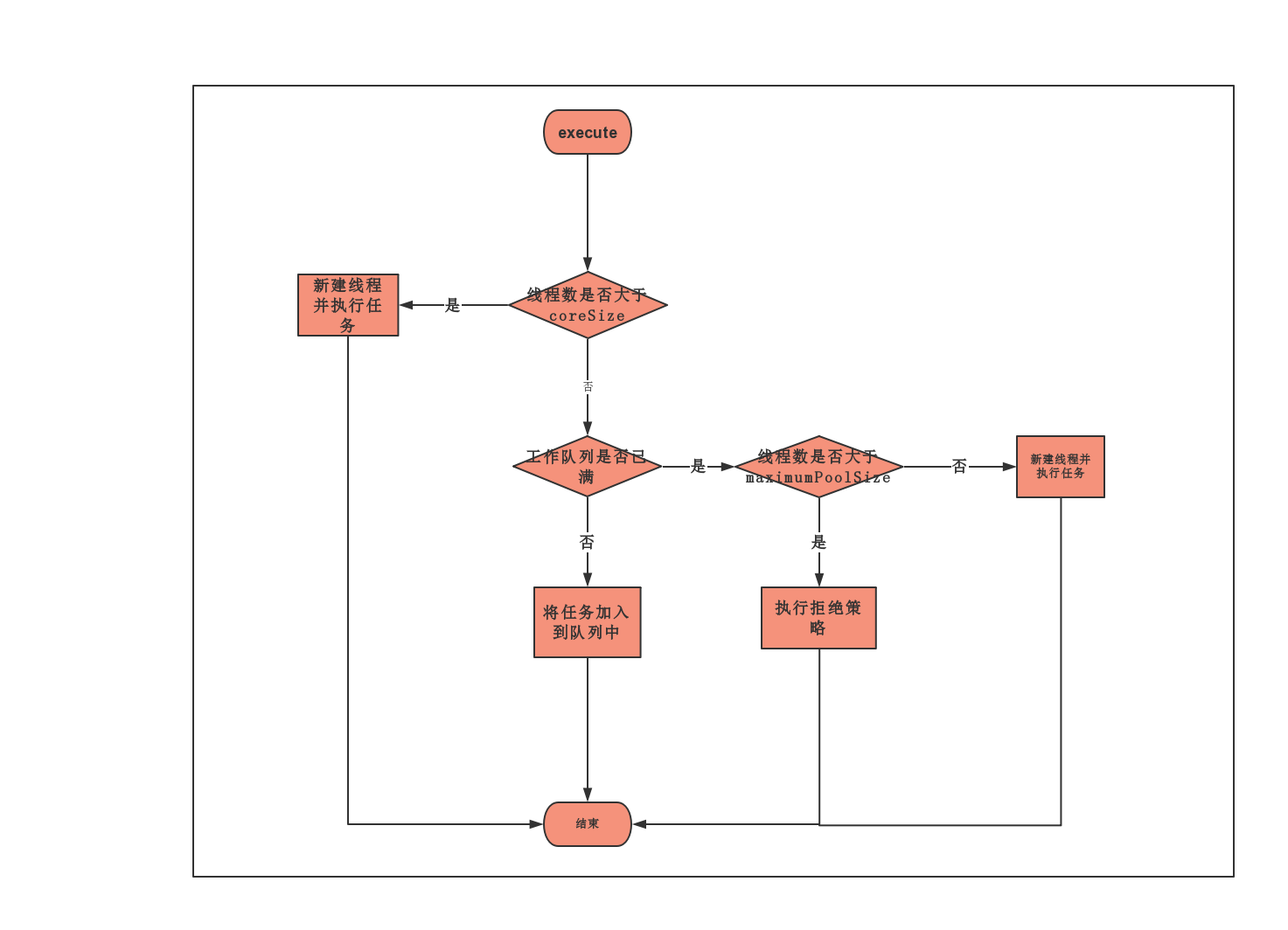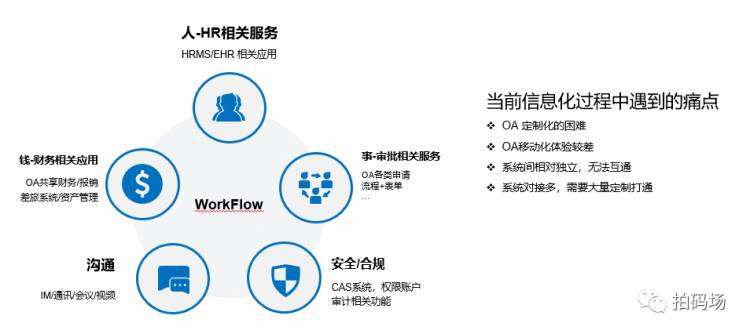智能供应链是一种自我感知的物联网环境,可在共享分类帐上持续交互。智能合约以简单高效的方式涵盖每一种影响或事件。这种额外的意识和安全可实现自动性将在“Deliver”流程内外产生巨大影响。此外,太极链的每个利益相关者(例如海关,保险公司,运输公司)都能够通过其他数字服务塑造新的合作方式并使其投资组合多样化。
以下场景概述了我们的实践经验。
通过高级实时跟踪提高可见性
在开始新的发货之后,上述每个利益相关者都有自己的兴趣知道发生了什么。为了了解谁在哪个时间点对容器负责,需要在数字与物理世界之间建立联系。与物理世界中的指纹类似,每个参与者都会收到唯一标识符。除了实时跟踪之外,两个代表之间的容器的每个切换过程将使用其唯一标识符来记录。智能合约自动验证转移的预期位置,个体识别和容器的健康状况,具体取决于所运输的货物。如果所有因素都匹配,则将转移数字责任。为此,可以使用能够在数字世界中识别自身的每个物联网设备,例如智能手机。这允许利益相关者之间的即时交互,例如在客户和供应商之间交换数字证书。与此同时,网络的开放性也允许其他利益相关者加入。
使用智能合约的自主流程
实现自主过程,如接收确认或质量门,以捕获若干场景。如果在装运过程中发生意外事件,这可能导致违反交货合同(例如,通过离开预期路线或通过影响质量的严重温度变化),智能合同将修改货物的交货地址,或强制执行其他合同条款。但是,如果没有异常行为且货物到达目的地,则智能合同授权付款,第二个更新库存记录。对于每种商品,将审核所有历史事件,如地点,发货人,预期路线和健康历史记录,以便付款。这些付款使用最先进的加密货币或PayPal等在线支付解决方案。通过这种方式,可以实现物理商品和数字记录的最佳自动化流程。
通过共享分类帐进行数字协作
典型的供应链流程涉及多个文档和手动流程,特别是涉及海关参与时。要求提供原始交货文件以处理港口和机场的货物进口。数字文档(如果有)目前还不是最先进的。共享分类帐非常适合集成数字文档,从而满足比基于纸张的原始文档更多的安全要求。交付文件随时随地可用,这一事实大大缩短了交付周期。除此之外,可以包含已经执行的海关控制的数据历史以及货物的重量数据或射线照相图像允许以其他方式进行优化。这一切都是可能的,同时确保文档隐私,并通过数字指纹进行识别。总之,这些好处使运营商和海关之间能够直接合作,并允许开发新的数字服务。
数字服务展望
如上所述,共享分类帐基于创建的可见性,安全性,自动化和协作功能提高了整体效率。有了这个基础,个人定制的保险合同是可以想象的,其中嵌入了消费者行为的经济预测。共享分类账的开放性允许私人的整合。此外,在制造环境中,通过检测执行质量检查的对象或启动与机器的协作,可以通过视觉识别进一步自动化制造过程。为此,Capgemini和一家领先的相机生产商在Watson物联网中心创建了几种商品的自动质量检查。通过这样做并结合人工智能和机器学习,我们可以开始识别模式并预测质量。这些技术可以提高智能和效率,并有助于塑造未来的供应链。
部分原文:
the Smart Supply Chain is a self-aware IoT environment, which interacts continuously on a shared ledger. Smart Contracts cover every influence or event in a simple but highly efficient way. This additional awareness and security enables automation. This will gain a high impact within and beyond the “Delivery” process. Furthermore, each stakeholder of the taiji chain (e.g. customs, insurance firms, transportation companies) are able to shape new ways of collaboration and diversify their portfolio through additional digital services. The following scenarios outline our hands-on experience.
Awareness & Visibility through advanced real-time tracking
After starting a new shipment, each of the above-mentioned stakeholders has his own interest in knowing what happened with it. In order to understand who is responsible for the container at which point in time, a link between the digital to the physical world is required. Similar to a fingerprint in the physical world, each participant receives a unique identifier. In addition to the real-time tracking, each handover process of the container between two representatives will be documented using their unique identifiers. Autonomously, a Smart Contract verifies the expected location for the transfer, the individual identification and the healthiness of the container depending on the goods shipped. If all factors are matching, the digital responsibility will be transferred. For this purpose, each IoT device, such as a smartphone, which can identify itself in the digital world is usable. This allows immediate interaction between the stakeholders, like the exchange of a digital certificate between customer and supplier. At the same time, the openness of the network also allows additional stakeholders to join.
Autonomous processes using Smart Contracts
Autonomous processes, like acknowledgements of receipt or quality gates, are implemented to capture several scenarios. If unexpected events during a shipment process occur, which could cause a breach of the delivery contract (e.g. by leaving the expected route or through severe temperature changes that influence quality), a Smart Contract will modify the delivery address of the good, or enforce other contract terms. However, if there is no behavior out of the ordinary and the shipment reaches its destination, a Smart Contract authorizes the payment, and a second one updates the inventory records. For each good, all historical events like the location, the consigner, the expected route and the health history will be reviewed to procced with the payment. These payments are made with state-of-the-art crypto currencies, or online payment solutions like PayPal. In this way, there is an optimal and automated flow of physical goods and digital records.
Digital Collaboration through a shared ledger
Typical Supply Chain processes involve several documents and manual processes, especially if it comes to customs involvement. Original delivery documents are requested to handle the import of goods at harbors and airports. Digital documents, where available, are currently not state-of-the-art. A shared ledger is well suited for integrating digital documents, thereby fulfilling more security requirements than paper-based original documents. The fact that delivery documents are available anywhere, anytime reduces the lead time dramatically. Apart from that, the data history which could contain already performed customs controls as well as weight data or radiography images of the goods allows for optimization in further ways. This is all possible while document privacy is ensured, with identification via the digital fingerprint. In all, these benefits enable the direct collaboration between carrier and customs, and allow the development of new Digital Services.
Outlook on Digital Services
As outlined, a shared ledger improves the overall efficiency based on the created visibility, security, automation and collaboration features. Given this foundation, individually tailored insurance contracts are conceivable, with economic predictions of consumer behavior embedded. The openness of the shared ledger allows for the integration of private individuals. Also, within the manufacturing context, it will become possible to further automate manufacturing processes through visual recognition by detecting objectsperforming quality checks or initiating collaboration with machines. For this purpose, Capgemini and a leading camera producer, created an automated quality check of several goods in the Watson IoT Center. In doing so and combined with Artificial Intelligence and Machine Learning, we can start to recognize patterns and predict quality. These technologies can drive intelligence and efficiency, and will be instrumental in shaping the supply chain of tomorrow.










 京公网安备 11010802041100号
京公网安备 11010802041100号